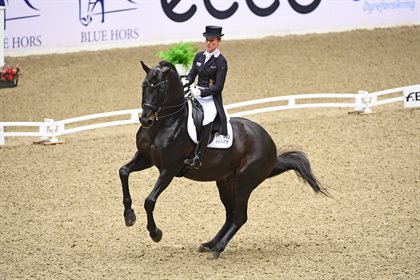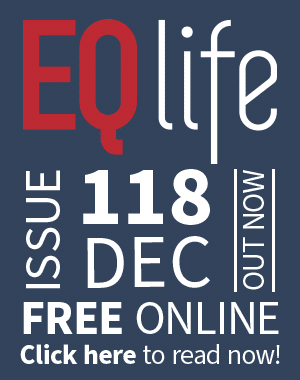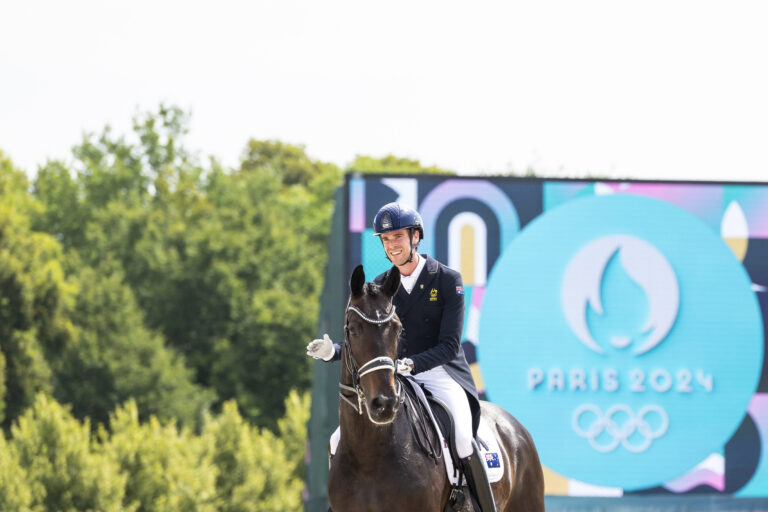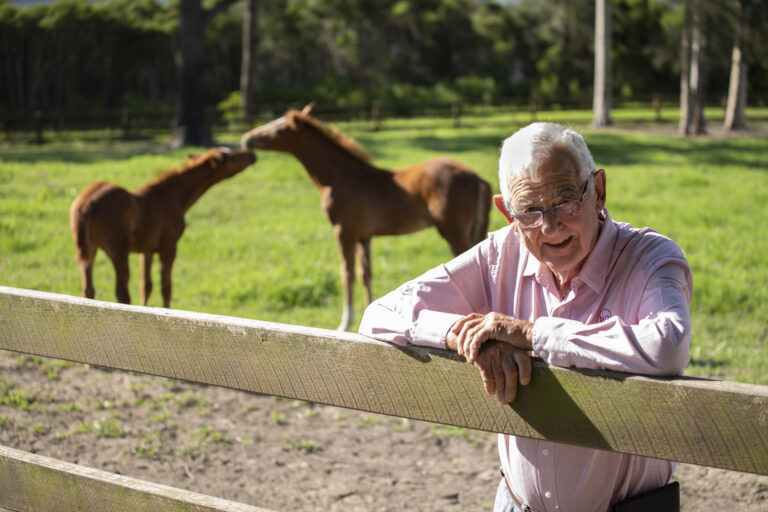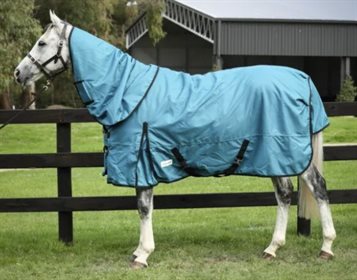This article first appeared in the May 2022 digital edition of Equestrian Life. To see what’s in the current issue, click here.
Germany’s Helen Langehanenberg and Damsey.
© FEI/Ridehesten.com/Kristine Ulsø Olsen
The language of dressage
By Michael Baker
The words from the Training Program are seemingly very simple to understand. They are words we are familiar with, that we use in everyday life. However, the truth is that their meaning in dressage is more complicated than you first think.
There has been very little change to the Training Program – or Training Scale – for decades. If you have an interest in dressage – whether as a rider, trainer, coach or commentator – no doubt you will have heard these words being used. And although we hear them often, it can take a long time to develop a good appreciation and understanding of them and the concepts behind them.
Another complication we encounter with the words of the Training Scale is that they are translated from the German language. German has words that are very specific to dressage and we just don’t have a direct translation in English. So, it’s important we look at these words closely. Otherwise, as riders and trainers discussing our training with each other, we may be using the same words, but how can we be sure we are speaking the same language?
Read the full article in the May 2022 issue of Equestrian Life magazine.

